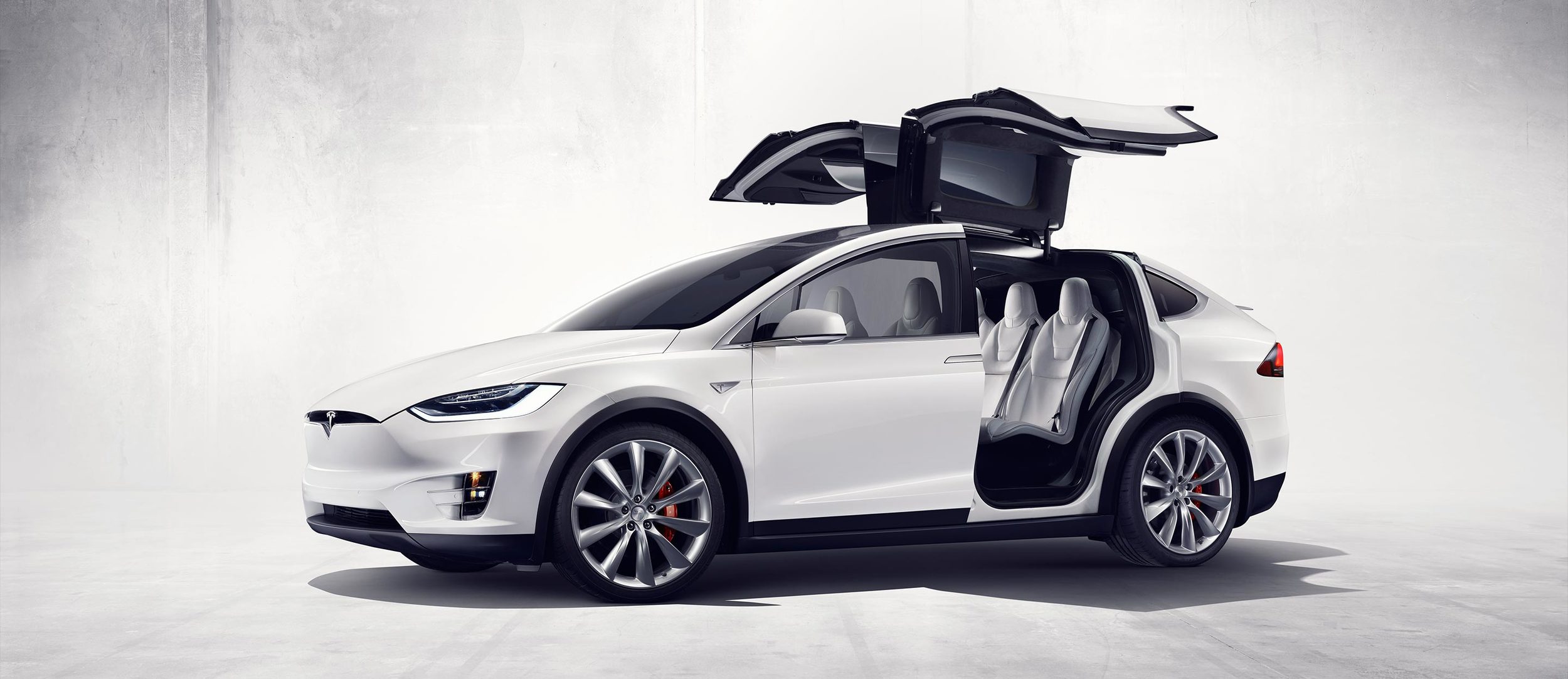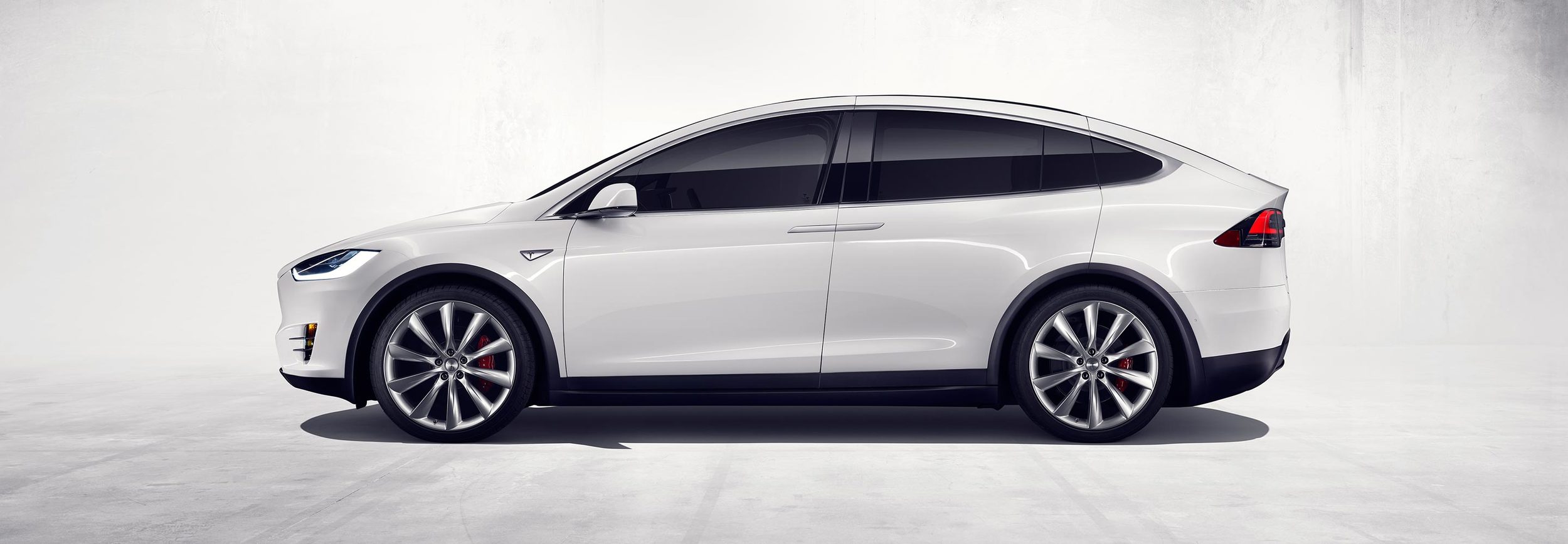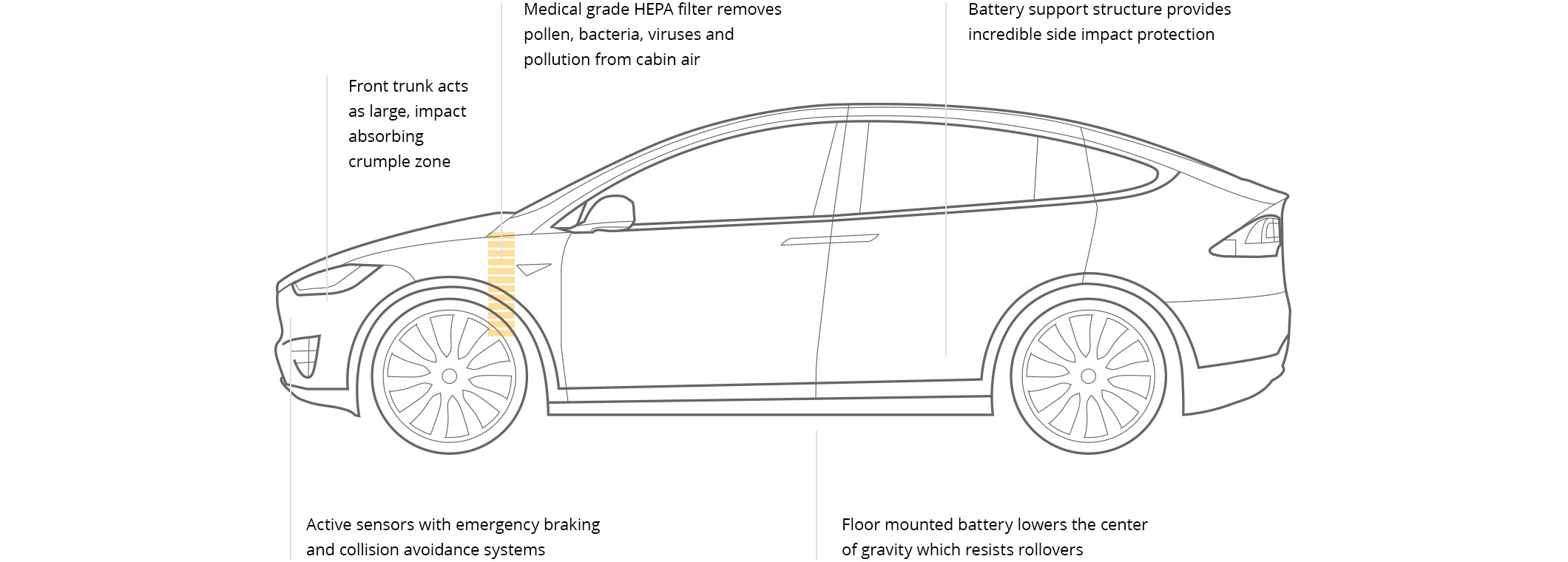A great read for developing or refining clear and concise communication skills.
The B.R.I.E.F. acronym is somewhat forced, but the content is worth it.
Get heard by being clear and concise The only way to survive in business today is to be a lean communicator. Busy executives expect you to respect and manage their time more effectively than ever. You need to do the groundwork to make your message tight and to the point. The average professional receives 304 emails per week and checks their smartphones 36 times an hour and 38 hours a week. This inattention has spread to every part of life. The average attention span has shrunk from 12 seconds in 2000 to eight in 2012. So, throw them a lifeline and be brief. Author Joe McCormack tackles the challenges of inattention, interruptions, and impatience that every professional faces. His proven B.R.I.E.F. approach, which stands for Background, Relevance, Information, Ending, and Follow up, helps simplify and clarify complex communication.













